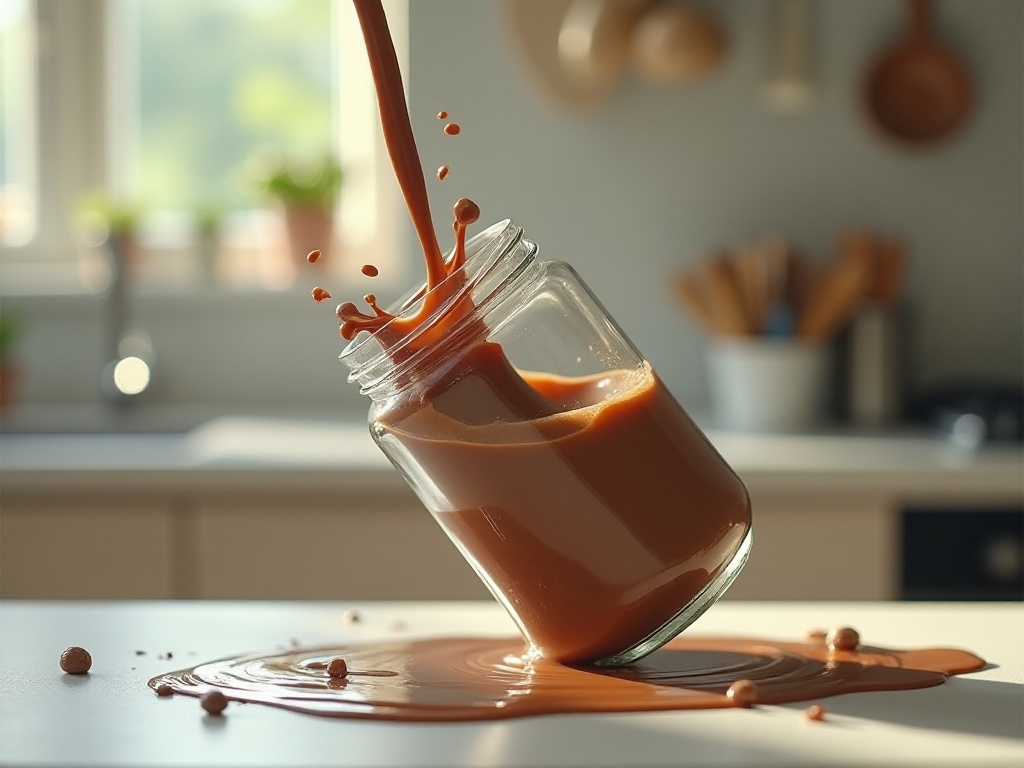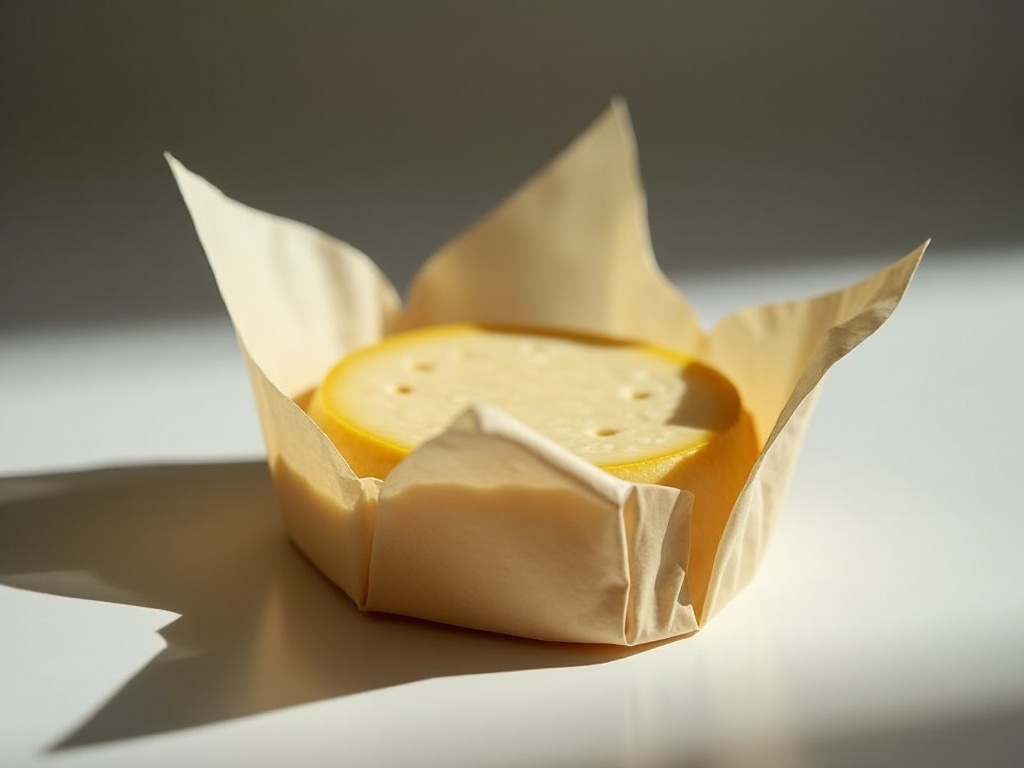Opening Chat
As a young person who just moved out, I was really tormented by kitchen organization. The kitchen in my rental is as tiny as a shoebox - cramped with cookware and seasonings, it's even hard to turn around. I used to think it was so simple watching my mom organize the kitchen, but only realized how difficult it was when I had to do it myself. After more than a year of exploration, I've finally found some really useful storage methods that I'd like to share with everyone today.
Seasoning Storage
Seasonings were truly my biggest headache. When I first started living independently, I bought a ton of seasonings like a headless fly. Beyond basics like soy sauce, vinegar, and cooking wine, I also got five-spice powder, thirteen-spice powder, cumin powder, curry powder - thinking I'd use them someday, but some bottles are still full even now.
After some research, I found that classification is key for storing seasonings. I now divide all seasonings into four categories. The first is dry spices, like Sichuan peppercorns, star anise, and cinnamon, which I keep in the back of a drawer since they're used less frequently. The second is sauces, mainly soy sauce, oyster sauce, and cooking wine - these liquid seasonings are placed where they're easiest to reach on the counter since I use them daily. The third is powders, including salt, sugar, starch, and various seasoning powders, which I store in transparent glass jars arranged neatly together. The fourth is jarred seasonings like chili sauce, doubanjiang, and sweet bean sauce - being larger in size, these are kept on a separate shelf.
Regarding container selection, it took several rounds of experimentation to find the most suitable ones. Initially, I used ordinary plastic seasoning boxes from the supermarket, but found they weren't ideal after a while - they weren't airtight enough, allowing seasonings to get damp, and looked cheap, affecting overall aesthetics. Later, I bought a complete set of transparent glass jars at once - though more expensive, they were totally worth it.
These glass jars not only look good but are also very practical. First, they seal well, keeping seasonings fresh for a long time. Second, their transparency lets me see at a glance how much is left, making it clear when to restock. Most importantly, these jars are similar in size, looking very orderly when arranged together, which is pleasing to the eye.
I also labeled each jar with waterproof labels bought online, so I don't have to worry about the text smearing when wiping them. On the labels, I wrote both Chinese and English names, mainly to help me quickly match ingredients when looking up foreign recipes. I also record the purchase date on the labels to know when seasonings need updating.

Cookware Storage
After seasonings, let's talk about cookware storage. As someone who loves cooking, my collection of pots keeps growing - from basic woks and soup pots to later additions like frying pans, steamers, clay pots, and even an electric griddle. Fitting all these pots in a small kitchen was quite challenging.
Initially, I stacked the cookware together, but quickly found this very inconvenient. Getting a pot from the bottom meant removing everything on top, then putting them all back - it was quite a workout. Later, I saw a storage video online and had an inspiration to store the pots vertically.
I bought a simple divider from IKEA and installed it in the cabinet. This divider has adjustable spacing, so I set different intervals based on pot sizes. The largest wok goes on the outside, with other pots arranged inward by size. This way, each pot stands vertically, and I can take one out without moving the others.
To prevent the cookware from scratching each other, I placed a microfiber cloth between each pot. These cloths not only prevent scratches but also absorb any moisture, preventing rust.
Speaking of cookware storage, here's another particularly useful tip: store pot lids separately. I installed a dedicated lid rack on the back of the cabinet door, so the lids don't take up space where the pots are stored. Plus, this position is convenient - I can reach them without bending down.

Utensil Storage
Storing utensils might seem simple, but it takes some skill to organize them both neatly and practically. My utensils mainly include bowls, plates, chopsticks, spoons, forks, and some Western cutlery. At first, I just stuffed them in drawers, which meant rummaging around every time I needed something.
Later, I found an adjustable drawer organizer online - it was love at first sight. It consists of many small dividers that can be freely combined to create compartments of any size. I divided the drawer into different areas, with large utensils like ladles and spatulas in one section, and smaller items like chopsticks and teaspoons in others.
This categorized storage has many benefits. First, it's very convenient to find things - every utensil has its fixed place, no need to dig around. Second, it prevents utensils from colliding, especially protecting more delicate items. Finally, it looks very neat - every time I open the drawer, seeing the orderly utensils improves my mood.
Besides drawer storage, I also made some additions to the cabinet doors. I installed several hooks specifically for hanging frequently used small tools like measuring cups, strainers, and filters. These tools are used often, so hanging them on the door makes them easy to access while saving space. This storage method also allows tools to dry quickly, preventing water accumulation.
Oh, and I have another trick for utensil storage. I keep less frequently used utensils, like hotpot chopsticks and fancy tableware, in separate storage boxes in high cabinets. They don't take up space when not needed and can be taken out when required.

Food Storage
Food storage is a skilled task because different ingredients require different storage environments. My current approach is dividing the refrigerator into several zones, each with its specific purpose.
First is the raw food zone, mainly for raw meat and seafood. I portion these ingredients in sealed bags, each labeled with the date. Portioning allows me to take out just what I need without thawing too much at once. Dating helps prevent items from being forgotten too long.
Then there's the cooked food zone for prepared dishes and semi-finished products. I use glass containers for these, making it easy to see what's inside, and the glass containers seal well to prevent flavor transfer.
The fruit and vegetable zone is on the lower level of the refrigerator, where the temperature is relatively stable and suitable for produce storage. I have dedicated containers for different types of produce - one for leafy greens, one for root vegetables, and another for fruits. This not only helps preserve ingredients better but also makes them easier to access.
What I'm most proud of is the turntable in the refrigerator. This idea came from my mom - I thought it was unnecessary at first but found it super practical after using it. I put frequently used seasonings and sauces on the turntable, making them easily accessible with a spin, and nothing gets forgotten in corners anymore.

Storage Insights
After sharing all these specific storage methods, the most important thing is developing good storage habits. I experienced this deeply because when I first started living independently, my kitchen was always messy. Things were left wherever after use, seasoning bottles were scattered about, and cookware was in disarray.
Later, I gradually trained myself to put things back immediately after use. For example, when cooking, seasonings go back to their place right after use, used utensils are washed and returned to their organizers immediately, and cutting boards and knives are cleaned and stored right away. It might seem troublesome at first, but after persisting for a while, you'll find that it not only keeps the kitchen tidy but also makes finding things much easier.
Besides daily organization, I've developed a habit of regular deep cleaning. Every month, I spend a weekend thoroughly cleaning all storage spaces. I check for expired seasonings, spoiled ingredients, and storage tools that need cleaning or replacement. This ensures food safety and helps identify what needs replenishing.
During organization, I also consider whether the current storage methods are reasonable and need adjustment. For instance, some items might be inconveniently placed, or certain areas might not be fully utilized - these can be reorganized during cleaning.

Closing Thoughts
Honestly, when I first started organizing the kitchen, I was completely lost and found it incredibly challenging. But after such long exploration and practice, my kitchen has finally taken shape. Every time I walk into the kitchen and see everything neatly in its place, I feel a great sense of achievement.
These storage methods I've shared come from my personal experience. Some methods might not work for you, as everyone's kitchen layout and usage habits are different. But I believe if you're willing to spend time experimenting and exploring, you'll definitely find storage methods that work best for you.
Also, organizing a kitchen isn't something that happens overnight - it needs to be done gradually, step by step. You can start with the simplest things, like categorizing seasonings or organizing utensils. Once these basics are done, slowly try more complex storage methods.
Finally, I want to say that a neat and orderly kitchen can bring much beauty to life. It not only makes cooking more pleasant but also reduces stress when finding things, making the cooking process more enjoyable. If you're still worried about kitchen storage, try these methods I've mentioned - I believe you can also create an enviable perfect kitchen.


